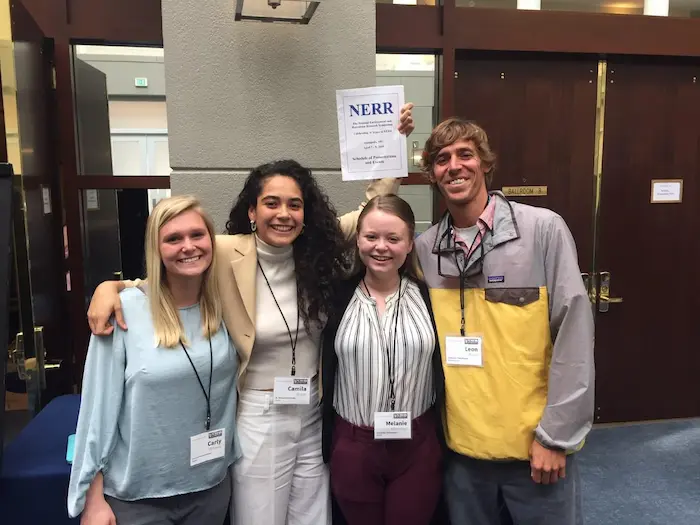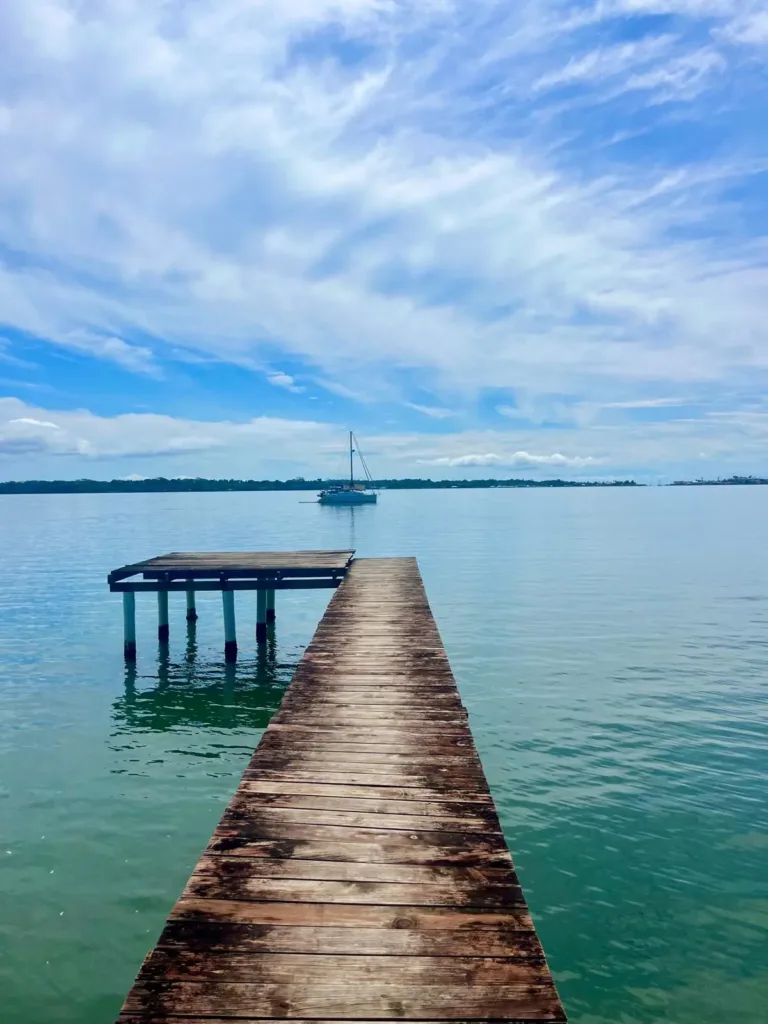Preparing the Next Generation of Marine Scientists
I left Bocas del Toro—where I serve as the SFS Center Director for Tropical Island Biodiversity Studies (TIBS)—for the SFS Center for Marine Resource Studies (CMRS) in South Caicos to teach a marine ecology course for the first summer session. I spent a few days orienting myself to my new environment and experienced for the first time in a very long time what it might be like to be a student exploring and questioning his or her new surroundings. I was relieved to discover that many people here speak Spanish on South due to its proximity to the Dominican Republic. The familiar sounds of salsa and bachata wafting into the Center from down the street immediately made me feel at home even though Panamá seemed like a million miles away.
The sounds of South Caicos at night are very different from Bocas, and the lack of frogs, birds and monkeys chattering in the jungle—as they do in Bocas—make it easier to fall asleep (except of course for the sound of South Caicos donkeys!). The sound of the ocean is, however, a unifying rhythm between Bocas and South Caicos, which has provided me great comfort. With a few snorkels and dives under my belt, I was ready to greet our students and share with them my ceaseless wonder of the ocean.

The first lecture I provided to our students was on the oceanic environment and the processes that govern how tides, currents, and temperature create and maintain essential habitats and nutrients for marine organisms. As an educator, I am constantly trying to figure out the best way to bring real-world experiences into the classroom that ignites a sense of wonder and a love of continuous learning. We are fortunate at SFS that our backyards are also our classrooms, filled with a rich biodiversity of species, which enables us to put into practice the many theories that are brought forth in the classroom.
One challenge that I encounter when presenting information is how to truly get students to love the process of learning and to not just learn information for an exam and then purge the information after the exam is over. The first step in shifting students away from a culture of regurgitating facts to one that encourages them to make connections with their everyday lives in order to explain and solve problems requires that you heavily invest in the notion that each student is a future marine scientist. Training the next generation also requires that students be provided with the tools they need to grow as future professionals in the field including solid academics, confidence, and setting high expectations for themselves.

Mentorship comes in many forms. Dr. Cinda Scott (right) with visiting Stony Brook graduate student and SFS alumna, Katie Flowers (left) diving in South Caicos.
One of the great joys of teaching and mentoring students here on South Caicos is that I get to spend time with students out in the field. Recently, I was with a small group of students who asked me to wander over to the mangroves with them while out on a snorkel to help them identify species. Their thirst for knowledge was insatiable and I could see them making connections from what they had just learned in the classroom, less than 24 hours prior, to what was right in front of them.
They eagerly approached a white mangrove leaf that I was holding out to get a better look at its identifying features. I looked overhead and saw several red mangrove propagules and pointed them out. One student asked if these were the same propagules that were now settled into the sand. When I said yes, in one breath, they all said, “Wow” and I too said, “Wow,” though it was to myself, at the wonderment that is evoked when students are able to touch, see, and feel what they are learning as opposed to just seeing organisms on a slide. There truly is great power in learning and teaching by doing. Witnessing students make connections and understand the importance of place for a particular species within an entire habitat was magical.
The question is, how do you maintain the magic of learning in the field all of the time? I’ve found that sharing part of who you are as a person is a key part of teaching students to shift to a culture of connecting. SFS provides an excellent platform for students to interact with faculty in ways that they may not be able to at their home institutions. For example, students know that I love to dance and sing (albeit off-key) and I often infuse science into my dances and songs (nerd alert!). Students know that it’s just part of who I am and that science should be approachable and accessible to everyone.

CMRS Summer 1 students holding a West Indian Sea Egg for the first time.
My whole being is consumed with a love of learning. I’ve made it my goal while here on South Caicos and when I return to Bocas to continue to exude an infectious love of learning through teaching by doing (yup! I’m out there on every snorkel), mentoring, and by encouraging students to solve problems and ask questions. In this way, I hope that they will always have wonder, a joy of learning, and an amazing experience that will stay with them always.

CMRS Summer 1 students smile for the camera before our first snorkel together.
Related Posts

Camila Rojas: Alumni Spotlight⭐

